The Mosque–Cathedral of Córdoba, also known as the Great Mosque of Córdoba, whose ecclesiastical name is the Cathedral of Our Lady of the Assumption, is the Catholic cathedral of the Diocese of Córdoba dedicated to the Assumption of the Virgin Mary and located in the Spanish region of Andalusia.
The Mezquita (Spanish for “Mosque”) of Cordoba symbolizes the many religious changes Cordoba has undergone over the centuries.
The buildings on this site are as complex as the extraordinarily rich history they illustrate. Historians believe that there had first been a temple to the Roman god, Janus, on this site. The temple was converted into a church by invading Visigoths who seized Cordoba in 572.
When Muslims conquered Spain in 711, the church was first divided into Muslim and Christian halves.
This sharing arrangement of the site lasted until 784, when the Christian half was purchased by the Emir ‘Abd al-Rahman I, who then proceeded to demolish the original structure and build the grand mosque of Cordoba on its ground.
The Mezquita of Cordoba was built by the Umayyad ruler ʿAbd ar-Raḥmān I in 784–786 with extensions in the 9th and 10th centuries that doubled its size, ultimately making it one of the largest sacred buildings in the Islamic world.
The ground plan of the completed building forms a vast rectangle measuring 180 by 130 meters (590 by 425 feet), or little less than St. Peter’s Basilica in Rome.
It stretches across 24,000 square meters (258,333 square feet).
Córdoba returned to Christian rule in 1236 during the Reconquista, and the building was converted to a Roman Catholic church, culminating in the insertion of a Renaissance cathedral nave in the 16th century.
The grand mosque of Cordoba is most notable for its giant arches and its forest of over 856 (of an original 1,293) columns of jasper, onyx, marble, and granite. These were taken from the Roman temple which had previously occupied the site and other destroyed Roman buildings.
The famous alternating red and white voussoirs of the arches were inspired by those in the Dome of the Rock; and also resemble those of the Aachen Cathedral, which were built almost at the same time.
The focal point in the prayer hall is the famous horseshoe arched mihrab or prayer niche. Gold tesserae—small pieces of glass with gold and color backing—create a dazzling combination of dark blues, reddish browns, yellows, and golds that form intricate calligraphic bands and vegetal motifs that adorn the arch.
Above the mihrab is an equally dazzling dome. This elaborate octagonal dome rises above the mihrab, which is flanked by columns with enterlaced multi-lobed arches and surrounded by Byzantine-style mosaics with Arabic inscriptions.
Within the Mezquita, in the very center, is a Renaissance cathedral, which Bishop Alonso Manrique began build in 1523. The cathedral’s construction lasted until the beginning of the 17th century.
Cordoba Cathedral’s renaissance high altar, its gothic ceiling, the baroque lectern and pulpit, and the
renaissance walls of the north and south transept, which blend into Islamic arches from Almanzor’s final
expansion of the Mosque at the end of the 10th century.
There is a a marvellous contrast between Almanzor’s last expansion of the Mosque and Christian architecture, in the row of columns adjacent the 16th-century cathedral.
The 18th-century choir stalls, elaborately carved in rich mahogany from the West Indies, contain not only scenes from the Bible, the life of the Virgin and depictions of local martyrs but also a proliferation of decorative pieces: masks, eagles, centaurs, and a variety of stylised flora and fauna.
Outside the Mosque–Cathedral is the Courtyard of the Orange Trees (Patio de los Naranjos), which in springtime is perfumed with orange blossoms and has a beautiful fountain.
The Torre del Alminar is 93 meters (305 feet) high and was built on the site of the original minaret. Its possible to climb the steps to the very top for superb views of Cordoba.
Under Abd ar-Rahman II (822-52), the mosque held an original copy of the Koran and an arm bone of the prophet Mohammed, making it a major Muslim pilgrimage site.
In 1984, the historic center of Cordoba, including the Mosque–Cathedral of Córdoba, was made a UNESCO World Heritage site.
Each year approximately 1.5 million tourists marvel at this impressive landmark.
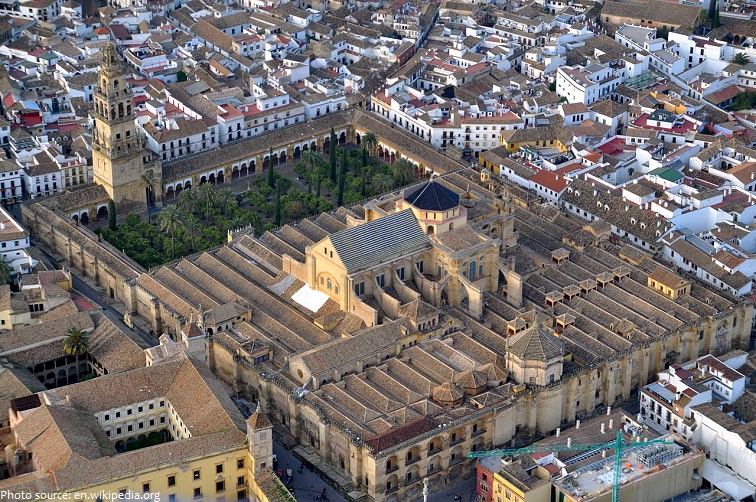
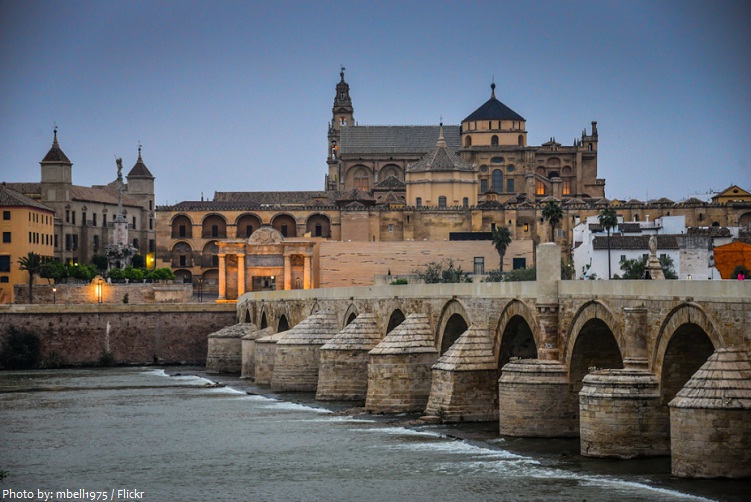
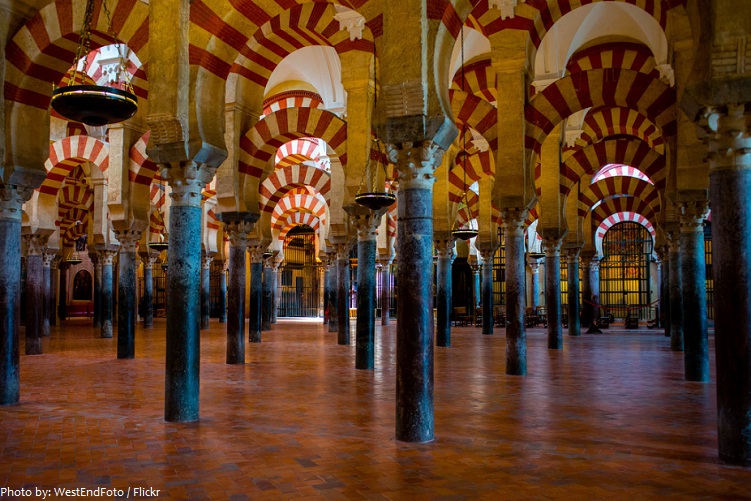
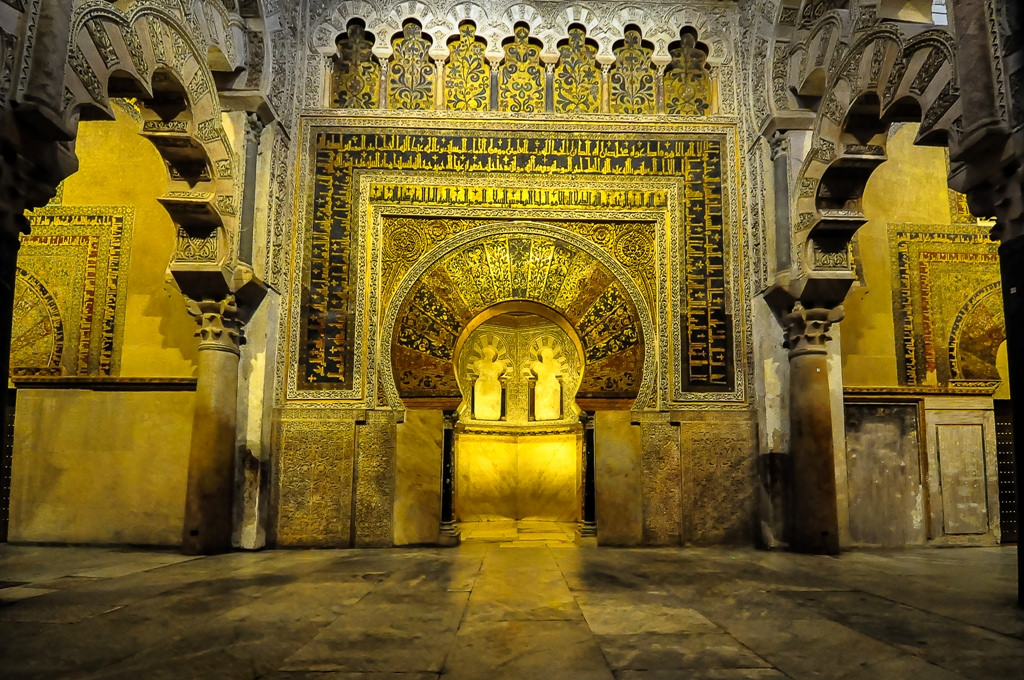
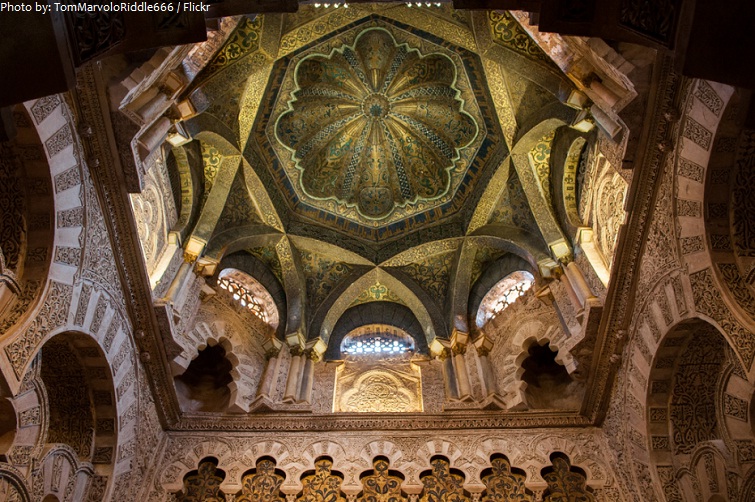
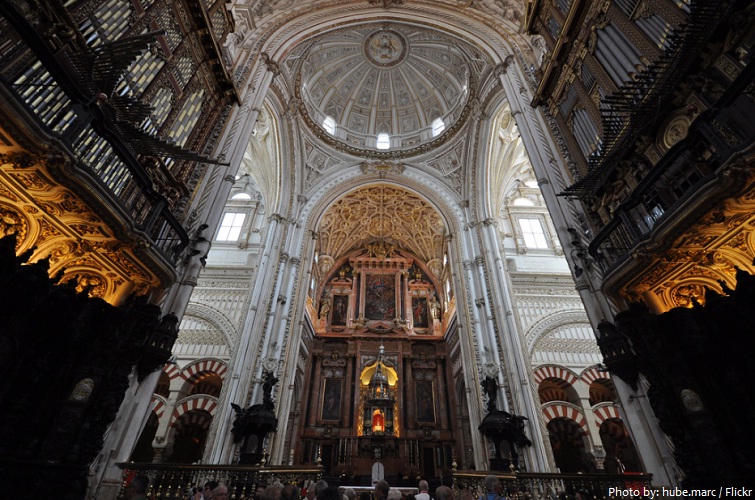

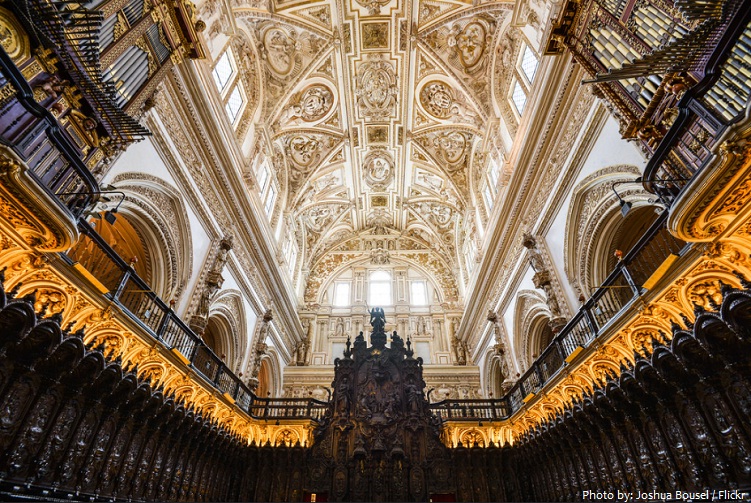
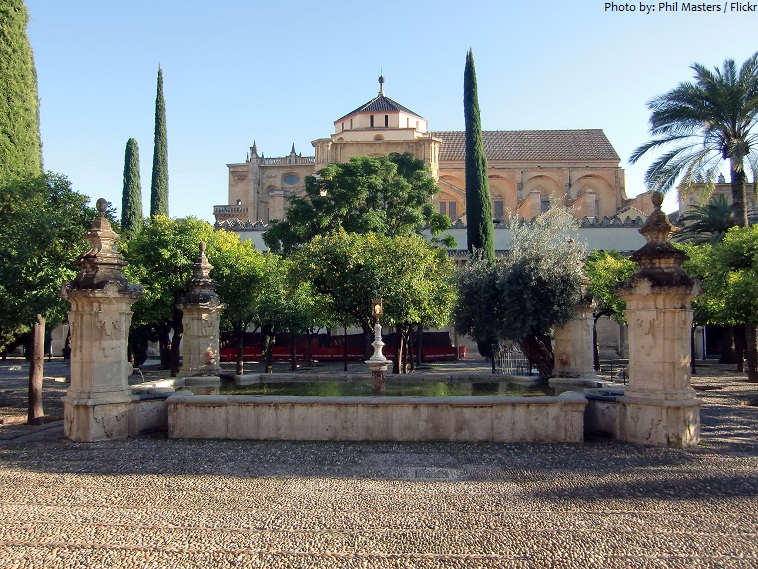
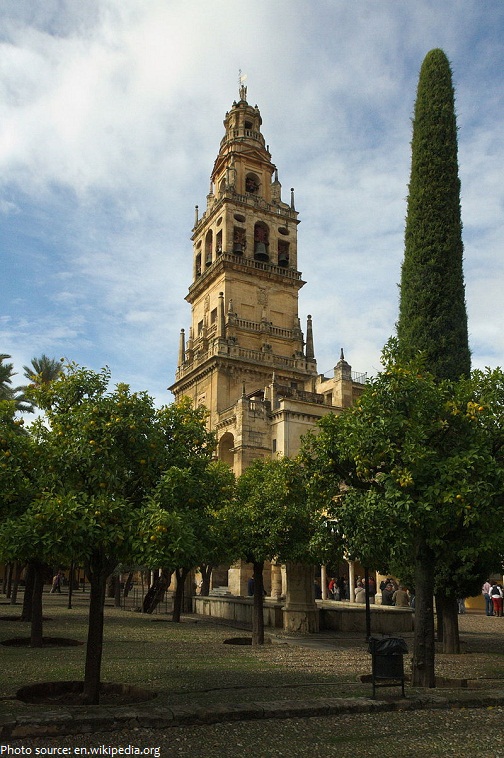
Comments are closed.